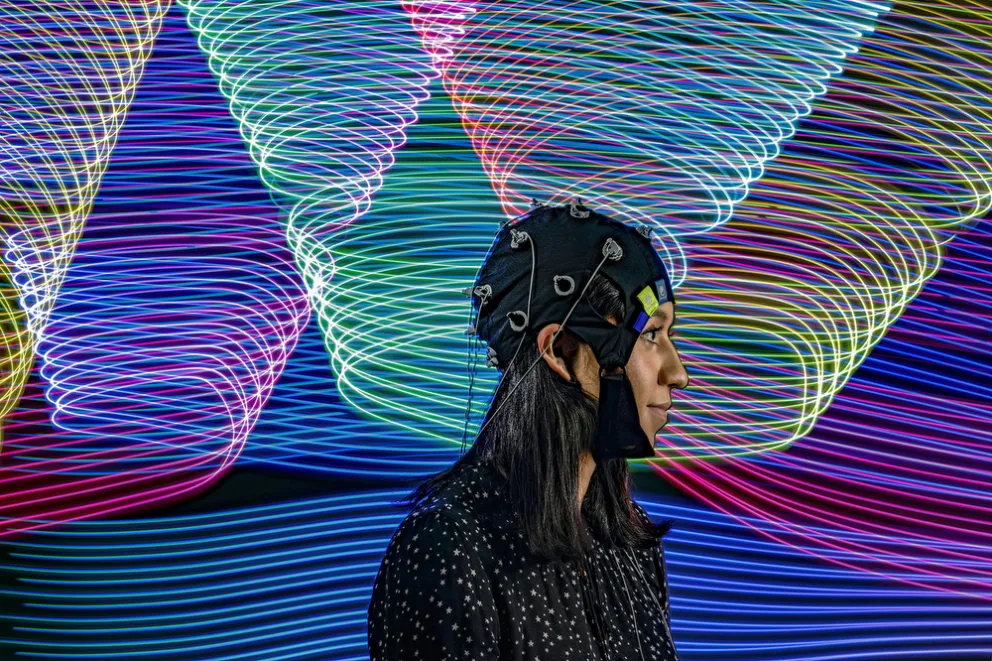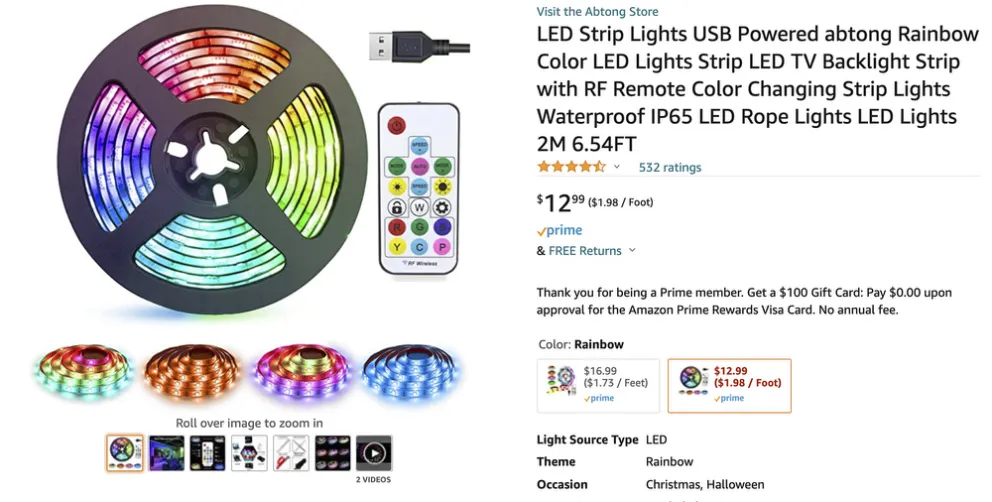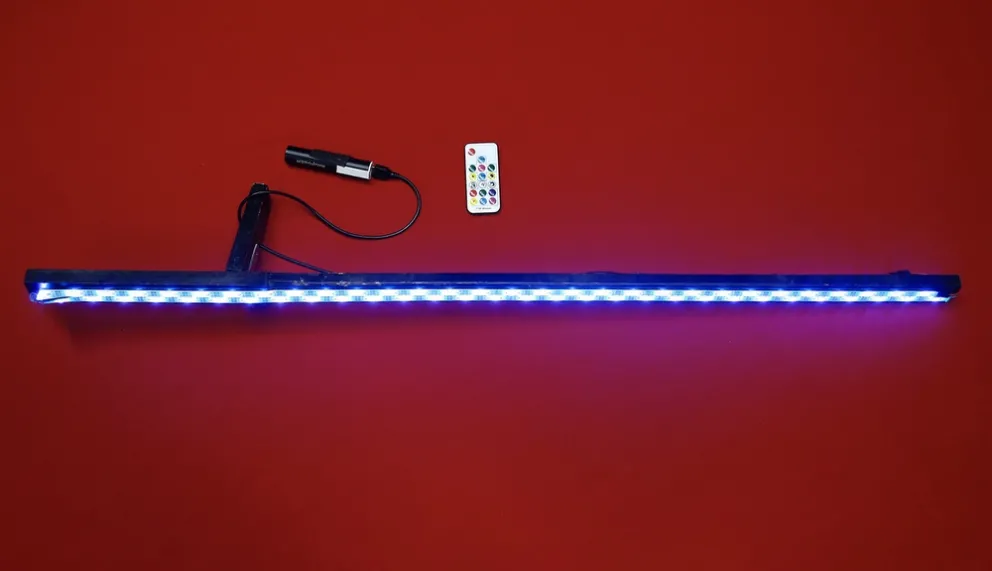
UPAA Blog 2021-22 #12 - 2/10/22 (text and photos by Jim Young)
Jim Young is the senior staff photographer in the Marketing/Communications Department at the University of Illinois Chicago, College of Engineering. He has been a professional photographer for 25 years, most of it as a photojournalist at Reuters News Agency (Canada, Washington DC, Chicago). He's been at UIC since August 2019 and joined UPAA in October 2021. His website is www.jimyoungimages.com.
Jim's Science and Research category photo "Brain Waves" was voted Best in Show in the January 2022 Monthly Image Competition. The MIC Q&A is a monthly feature on the UPAA Blog that gives a behind-the-scenes look at the technical process and creative thought behind UPAA's contest-winning images.
1. Quick tech stuff—camera model, focal length, exposure data, lighting used (if any):
•Canon R5
•Canon RF 70-200/2.8
•10 seconds @ f/14, ISO 100
•Main light is a beauty dish with a grid and the light streaks are from a DIY LED stick
2. How did this shoot land on your calendar? Did you have a plan/vision prior to the shoot?
We were working on developing a lab index for the College, profiling the research being done in the various labs, so I meet with the professor to discuss her work. As soon as she told me about studying brain signals and the device, the idea for the photo immediately popped in my head, so we scheduled the photo shoot in my on-campus studio.
3. Any unique logistics in making the photo? What sort of post processing (or not)?
I had bought the LED lights on Amazon and made a sort of DIY wooden handle and support bar that I could use to attach the lights to and wave the wand. I connected a small USB power bank to the wand and used the remote control to select the color and pattern.

A $12.99 donation to the Jeff Bezos Rocket Fuel Fund.
I had just received a loaner Canon R5 though CPS to test out the day before and it was used for the shoot. The camera was set on a tripod, framed up the student in the photo, set up a beauty dish on the right of the frame to light her and at ISO 100, and it was metered at f/14. I guessed at the amount of time I would need to swirl the LED stick to simulate the brain waves (10 seconds). I turned off all the room lights so we were in complete darkness, fired the camera and the flash, and for the remainder of the time I randomly moved the lights around behind her.

You hearing lightsaber sounds, too??
I thought the first frame was pretty close to what wanted, so I just continued to wave the wand around in different patterns and on the 5th frame I felt I had what I wanted. From the first frame to the last was just 4 minutes! The final image is almost full frame and only needed a bit of tweaking in Adobe Camera Raw. Everything else is done in-camera.

Any one of 'em could have been a contest winner, but the 5th frame was the pick.
4. Did your vision before you made the photo come through in the final product? What (if anything) would you do differently if you could re-shoot this today?
I like to work quickly and efficiently with the time and I also had a pretty good idea on what I wanted the final photo to look like. I sometimes sketch out an idea, lighting, etc. on paper in advance, so even if I want to try several setups in the studio, I can jump to the next setup quickly and know what I have to do.
There is a bit of arbitrary nature of waving the LED stick in different patterns in total darkness, but when I saw the photo, I was pretty happy with the image. The final photo was almost full-frame and straight out of the camera. The whole shoot is done in the dark, except for the LED lights during the exposure, and not really knowing what the image will look like until I saw the back of the camera.
5. What do you do to keep yourself motivated and interested in your work?
I am very lucky to be given a lot of freedom to do what I want photographically and to try new things, which is very rewarding for me.
As a wire service photographer for 20 years, I rarely shot lit portraits. But, it’s really important for me to continue to grow as a photographer and every day I am learning new skills, techniques and defining the work. I am always experimenting with lighting, portraiture, and ideas.
Part of my approach is always trying to think creatively and explore possibilities. Whether it is the lighting, composition, or just the overall idea for the photo, I am excited and motivated by the whole creative process.
I only just recently joined UPAA back in October after hearing about the organization through another photographer. UPAA is a tremendous resource for me because I am the first staff photographer at the College, and a marketing/communications role is new to me, so there was a lot to learn. I find the posts and questions in the Facebook group extremely helpful and have learned a lot from the members.
____________________________________________
"How does a brain say hello? With a brain wave!" Thanks for reading the blog. Send comments, critiques, ideas and/or jokes to editor Matt Cashore, mcashore@nd.edu. And if you read this far, and you're not already following UPAA's Instagram, why the heck not?